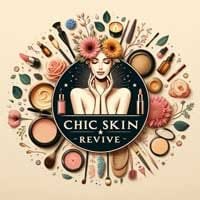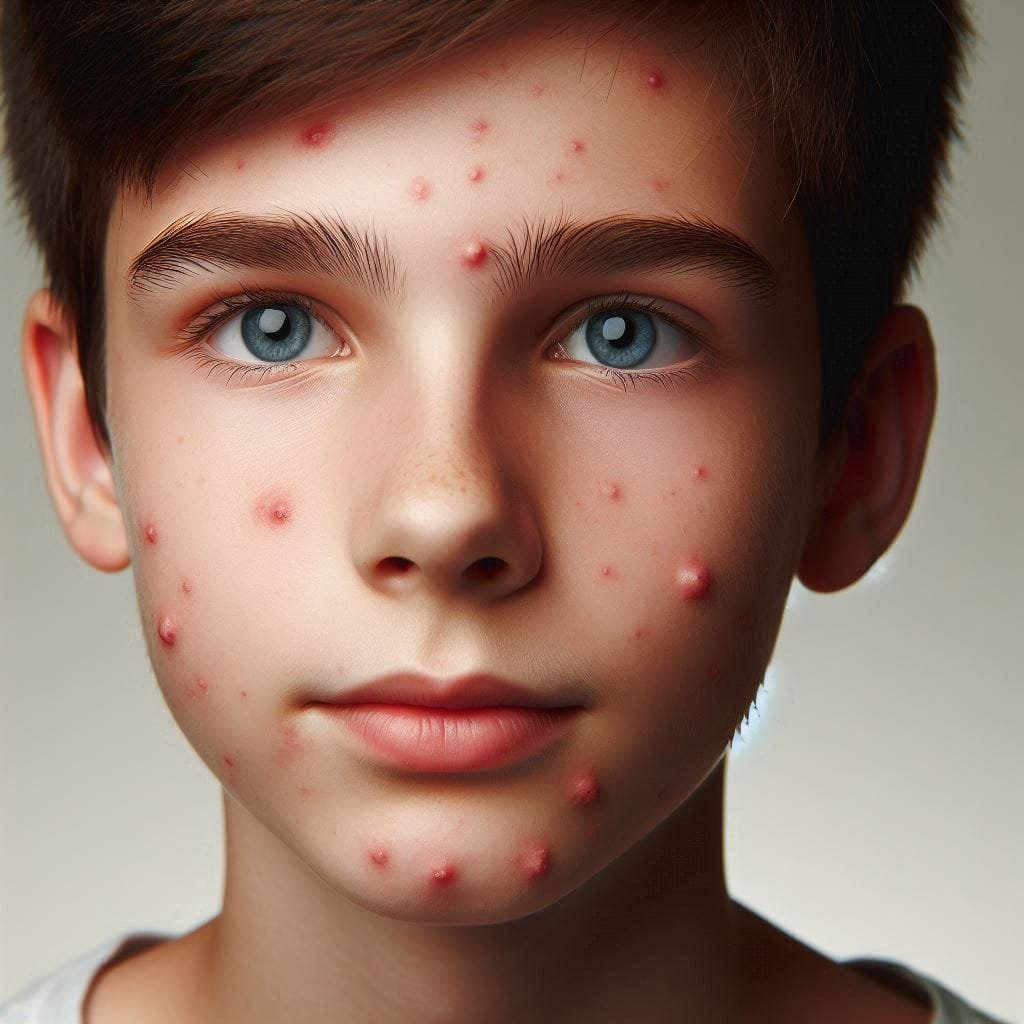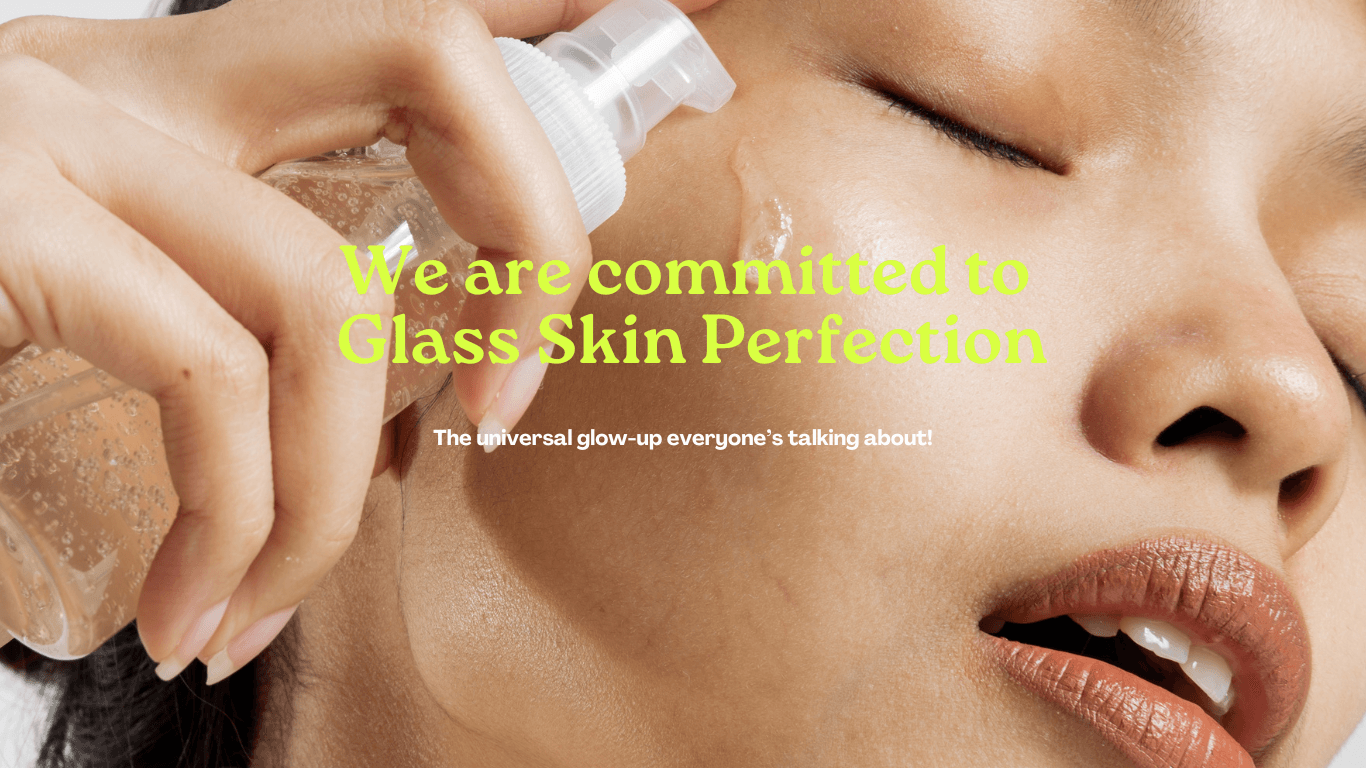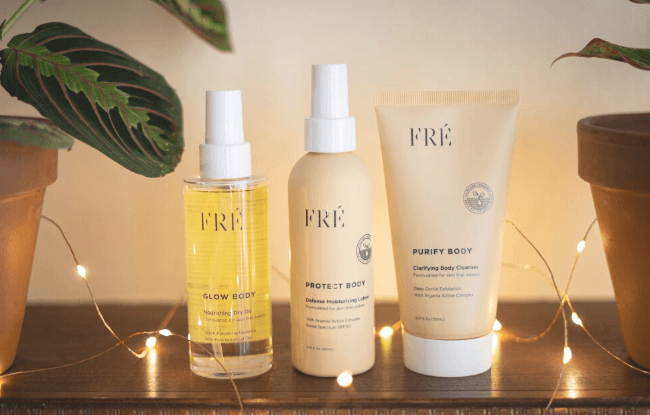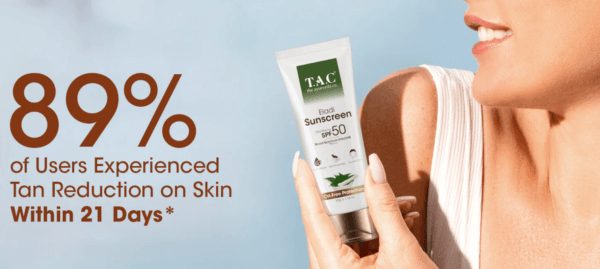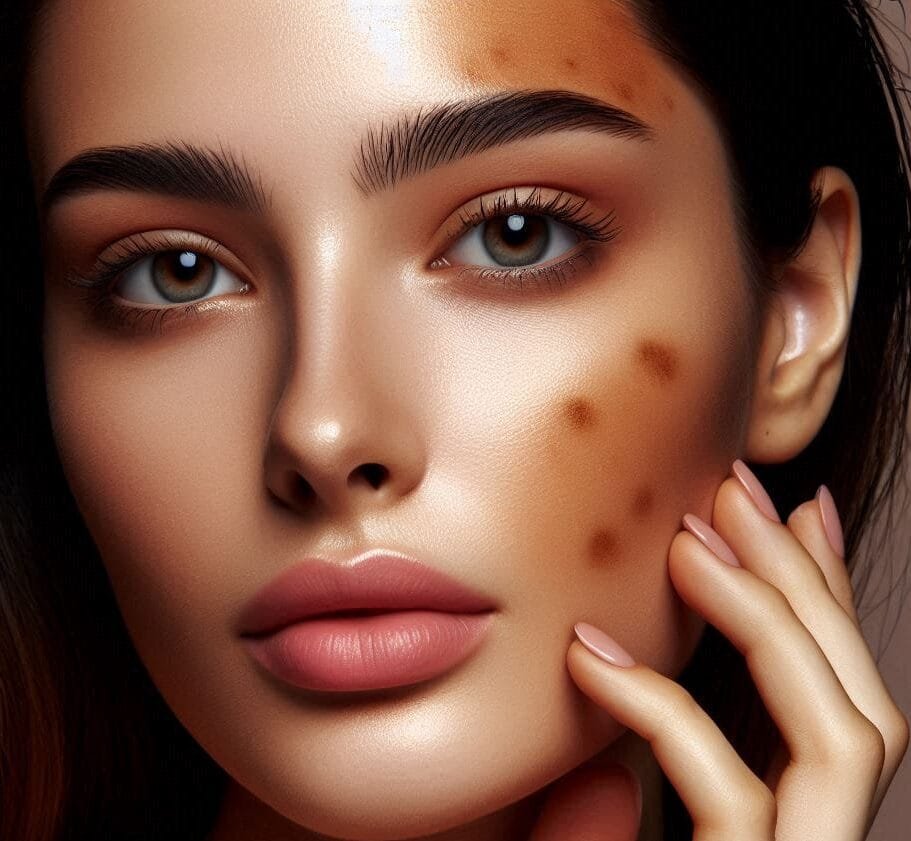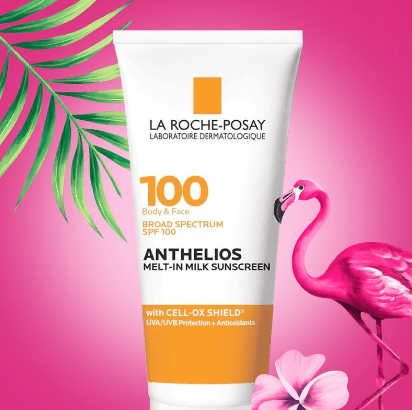Understanding Teen Acne: Causes and Solutions
Teen acne is a common issue that can affect self-esteem and confidence. Understanding the root causes and selecting the best acne products for teens can make a significant difference. Teen acne is primarily caused by hormonal changes, increased oil production, and the presence of acne-causing bacteria. These factors can lead to clogged pores and inflammation, resulting in pimples, blackheads, and whiteheads.
The Importance of Selecting the Best Acne Products for Teens
Choosing the right acne treatment products is crucial for managing and preventing breakouts. Effective products should address the various causes of acne, such as excess oil, clogged pores, and bacteria, without irritating the skin. Incorporating a personalized skincare routine tailored to acne-prone skin can help teens achieve clearer skin.

How to Create a Personalized Skincare Routine for Acne-Prone Skin
- Cleanse: Use a gentle cleanser twice daily to remove dirt, oil, and impurities.
- Treat: Apply targeted treatments like retinoids or salicylic acid to combat acne.
- Moisturize: Keep the skin hydrated with a non-comedogenic moisturizer.
- Protect: Use sunscreen daily to protect the skin from harmful UV rays.
The Power of Retinoids: Differin Gel (Adapalene) Review
Differin Gel, containing adapalene, is a powerful retinoid that helps reduce acne by promoting cell turnover and preventing clogged pores. Retinoids have been a cornerstone in acne treatment due to their ability to normalize skin cell production and reduce inflammation. product has a 30-day supply or a 90-day supply.

Analysis of Differin Gel’s Effectiveness Based on Expert Reviews
Differin Gel has been widely praised for its effectiveness in treating mild-to-moderate acne. According to experts, consistent use can lead to significant improvements in skin texture and reduction in acne lesions (Cleveland Clinic) (AAD).
Instructions for Safe and Effective Use of Differin Gel
- Start Slowly: Begin with a pea-sized amount once daily, preferably at night.
- Apply Gently: Use on clean, dry skin, avoiding sensitive areas like the eyes and mouth.
- Moisturize: Follow with a moisturizer to minimize dryness and irritation.
- Sun Protection: Use sunscreen during the day as retinoids can increase sun sensitivity.
Gentle and Hydrating Cleanse: CeraVe Foaming Facial Cleanser
Maintaining the skin’s moisture barrier is essential in preventing irritation and further breakouts. Over-cleansing or using harsh products can strip the skin of its natural oils, leading to increased oil production and more acne.

Review of CeraVe Foaming Facial Cleanser and Its Key Ingredients
CeraVe Foaming Facial Cleanser is formulated with ceramides and hyaluronic acid, which help restore and maintain the skin’s natural barrier while providing hydration. This makes it suitable for daily use, especially for oily and acne-prone skin (The Independent).
Expert Reviews on the Suitability of CeraVe for Oily and Acne-Prone Skin
Experts recommend CeraVe Foaming Facial Cleanser for its gentle yet effective cleansing properties. It removes excess oil without over-drying the skin, making it a favorite among dermatologists for teens with acne-prone skin (Cleveland Clinic).
Keeping Skin Clear with Salicylic Acid: Neutrogena Oil-Free Acne Wash
Salicylic acid is a beta-hydroxy acid (BHA) that penetrates the pores to exfoliate and clear out excess oil and dead skin cells. It is highly effective in preventing and treating acne, making it a popular ingredient in acne cleansers.
Benefits of Using Neutrogena Oil-Free Acne Wash for Teens
Neutrogena Oil-Free Acne Wash contains 2.5% salicylic acid, which helps unclog pores and reduce acne. Its anti-inflammatory properties soothe irritated skin, making it an excellent choice for teens dealing with acne (Cleveland Clinic).

Comparative Insight from Expert Reviews on Its Efficacy
Experts appreciate Neutrogena Oil-Free Acne Wash for its ability to deliver a deep cleanse without irritating. It is particularly effective for teens with oily skin and is recommended for its consistency in combating acne.
Targeted Treatment: Spotlight on COSRX Acne Pimple Master Patch
Hydrocolloid patches, such as the COSRX Acne Pimple Master Patch, create a moist environment that promotes faster healing. They absorb excess fluid from pimples and protect them from external bacteria and picking.

Guidance on Using COSRX Patches as Part of a Comprehensive Acne Treatment
- Cleanse: Start with a clean and dry face.
- Apply: Place the patch over the pimple and leave it on for several hours or overnight.
- Replace: Change the patch once it turns white, indicating it has absorbed impurities.
Expert Opinions on the Effectiveness of Pimple Patches for Teens
Experts recommend pimple patches for their effectiveness in reducing the size and redness of pimples overnight. They are useful for teens who tend to pick at their acne, as the patches act as a physical barrier (Cleveland Clinic).

FAQ Expert and Dermatologist-backed answers
Acne is a prevalent concern among teenagers, leading to numerous questions about effective treatments and skincare routines. Here are some frequently asked questions, along with expert and dermatologist-backed answers:
1. What are the most effective over-the-counter treatments for teen acne?
Over-the-counter (OTC) products containing active ingredients like salicylic acid and benzoyl peroxide are commonly recommended. Salicylic acid helps exfoliate the skin and unclog pores, while benzoyl peroxide reduces bacteria and inflammation. Cleansers, toners, and spot treatments with these ingredients can be beneficial. (Hollywood Dermatology)
2. How should a teenager with acne-prone skin structure their daily skincare routine?
A simple routine focusing on cleansing, treatment, moisturizing, and sun protection is advisable. In the morning, use a gentle cleanser, apply an acne treatment gel, moisturize, and finish with sunscreen. In the evening, cleanse again, apply treatment, and moisturize. This regimen helps manage acne without overwhelming the skin. (CeraVe)
3. Are there specific skincare products recommended for teens with acne?
Yes, dermatologists often recommend products like The Ordinary 100% Plant-Derived Squalane for hydration and CeraVe Hydrating Cleanser for gentle cleansing. These products are suitable for acne-prone skin and help maintain the skin’s barrier. (New York Magazine)
FAQ Expert and Dermatologist-backed answers: Part 2
4. Can diet influence acne development in teenagers?
The relationship between diet and acne is complex. Some studies suggest that high glycemic index foods and dairy products might exacerbate acne, but evidence is not conclusive. Maintaining a balanced diet and observing how specific foods affect your skin can be helpful. (Wikipedia)
5. When should a teenager consider seeing a dermatologist for acne treatment?
If OTC treatments are ineffective after several weeks, or if acne is severe, painful, or causing emotional distress, it’s advisable to consult a dermatologist. They can provide personalized treatment options, including prescription medications if necessary.
Implementing a consistent skincare routine with appropriate products and seeking professional advice when needed can significantly aid in managing teen acne.
Finally on the Best Acne Products for Teens
Choosing the right acne products for teens involves understanding the causes of acne and selecting treatments that address these causes without irritating them. Differin Gel, CeraVe Foaming Facial Cleanser, Neutrogena Oil-Free Acne Wash, and COSRX Acne Pimple Master Patch are highly recommended by experts for their effectiveness and suitability for teen skin. By incorporating these products into a personalized skincare routine, teens can achieve clearer, healthier skin.
Disclaimer
Chic Skin participates in affiliate programs like the Amazon Services LLC Associates Program. As an associate, we earn from qualifying purchases. This means Chic Skin may earn a commission from purchases made through links in this post at no extra cost to you.
Product images are sourced from Amazon.
